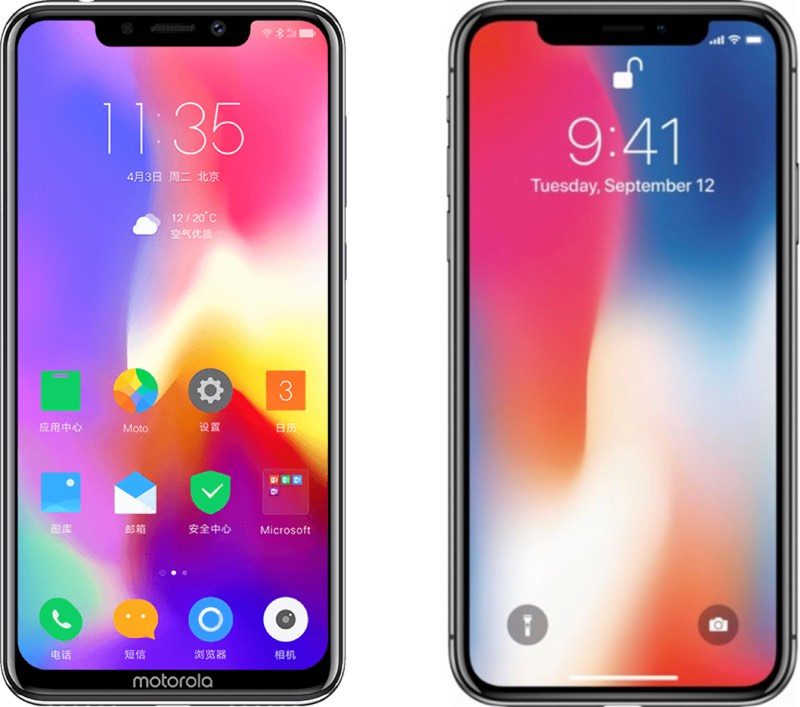mobile phone car mount uk
Network reliability may still cause concern, but is probably no greater an obstacle to operations, than other infrastructure constraints routinely faced in remote areas (power cuts, bad roads etc). In fact in many countries the mobile communication networks have proved the most resilient in times of crisis. The evolution of the handset is more difficult to track, but is certainly changing rapidly. Three trends seem relevant. Figure 1 highlights the extent to which more and more phones are “enhanced” – by which we mean able to handle over the air application downloads using GPRS. One of the main concerns ten years ago was the hassle factor experienced when customers needed to download an application using subscriber identity module (SIM) toolkit. In fact most early solutions requiring menu downloads or for customers to remember long “strings of numeric codes” were not commercially successful, and created an asymmetry between the segments targeted and reached.

Although targeting the unbanked, it was largely the banked and literate who were able to manage the download process and the unbanked need dedicated assistance and support to manage this process which dramatically increased the costs of launching a service. With more modern handsets, a dramatic fall in the costs of handsets, java applications, GPRS services (and an increasingly technologically-aware market) these issues seem largely to have been resolved for many users. Of equal concern was the capacity of the SIM cards issued by mobile operators to handle the additional applications.
Outlines For Rapid Methods For cell phones - mobile phone car mount uk
Although little data is available it seems that most networks have successfully migrated most users to 64k SIM cards in the normal course of business, thus removing the constraint and also eliminating the need for customers to complete a potentially confusing SIM swap to avail of a mobile payment service. The third issue concerns security, with operators needing to make trade-offs between ease of deployment and use and security. These issues remain and continue to be a key feature of debates on the appropriate business model and partnerships required to succeed. There are now probably three groups of “core solutions” and related business models that are competing in the market, which reflect these trends: i) SIM dependent and integrated solutions – The best know example of such a solution is M-PESA from Safaricom, which is now pre-loaded on all Safaricom SIM cards. Being integrated into the SIM card, the solution can operate, and was designed to operate, on the most basic phone, and has end-to-end encryption.

However given the degree of technological integration this type of solution is extremely difficult for a non-mobile network operator (MNO) to offer and thus gives an MNO a huge advantage over other mobile payments providers, and is thus a core feature of MNO lead business models. ii) USSD solutions – equally successful are solutions that use unstructured supplementary service data (USSD) and simple menus to provide mobile payment solutions. Bank mobile payment providers in South Africa have seen the greatest success with USSD services. However as the initial leg of the transaction is not encrypted or secure, most of these services have been confined to “closed loop transactions” – where money is passed between accounts or users at a single bank, but not between banks. This is a huge constraint to achieving widespread use of mobile payments as interactions will be confined to either the bank’s own customers and out of network payments need to be to cash.
As all phones can use USSD, the solution can reach large target segments, and as the USSD service does not require integration with the SIM card, these services can be launched with minimal involvement of a MNO. Although the MNO needs to agree to make the service available and this has been a problem in some markets. In USSD solutions anybody can “play” and banks have tended to be the winners.

No comments:
Post a Comment